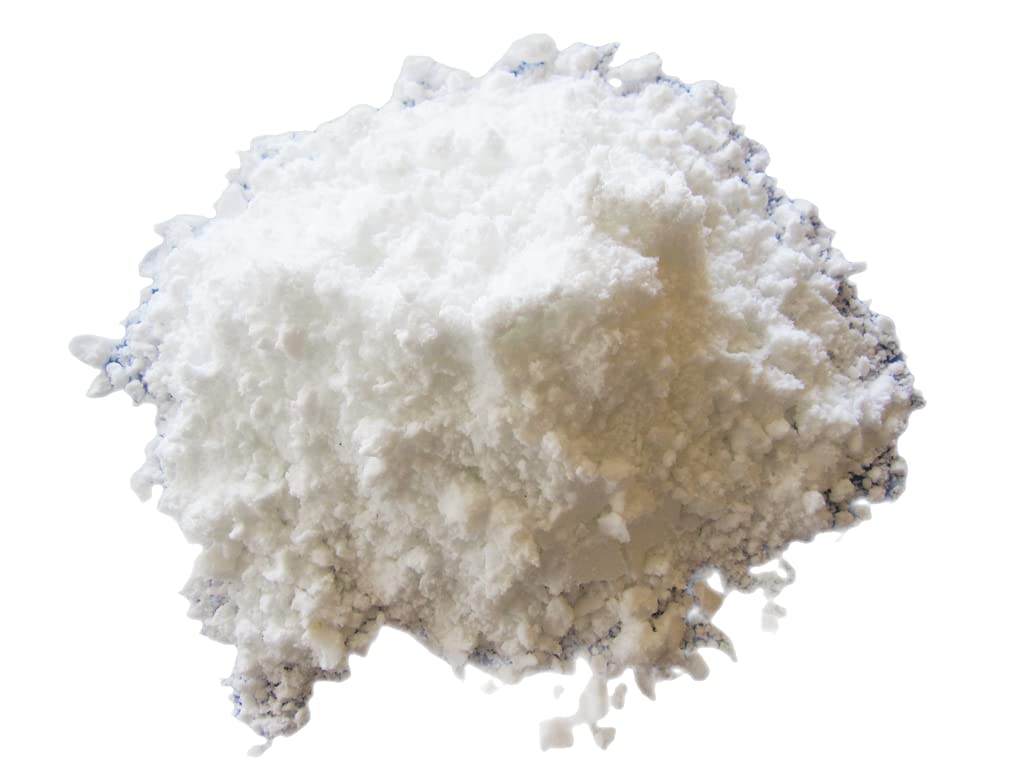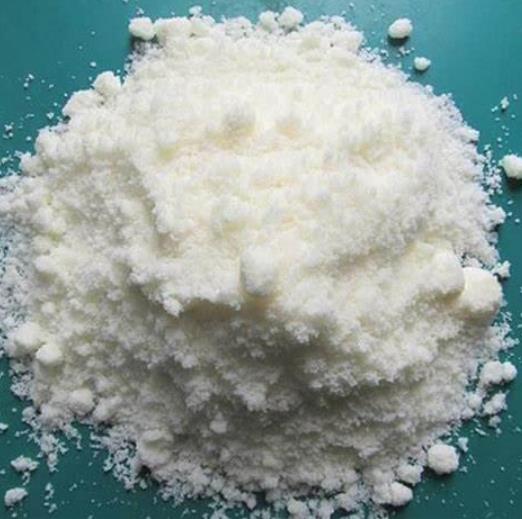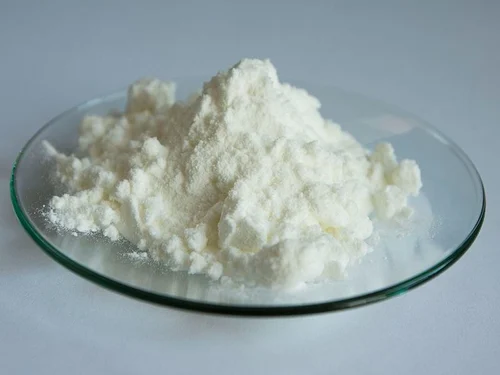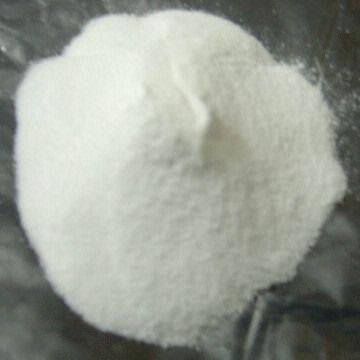Description
Cinnamic acid, a natural phenolic acid, is found in the bark of cinnamon trees and other plants. This compound has been used for centuries in traditional medicine for its numerous health benefits. In recent years, cinnamic acid has gained significant attention in the scientific community due to its potential therapeutic properties. This article explores the various health benefits, sources, and safety considerations associated with cinnamic acid.
Health Benefits of Cinnamic Acid
- Anti-inflammatory properties: Cinnamic acid has been shown to possess potent anti-inflammatory properties, which can help reduce inflammation and alleviate pain. It inhibits the activity of several pro-inflammatory enzymes, including cyclooxygenase (COX), lipoxygenase (LOX), and inducible nitric oxide synthase (iNOS). These enzymes play a crucial role in the inflammation process, and by inhibiting their activity, cinnamic acid can help manage inflammatory conditions such as arthritis, asthma, and inflammatory bowel disease.
- Antioxidant properties: Cinnamic acid is a powerful antioxidant that can scavenge free radicals and protect cells from oxidative damage. This compound can chelate metal ions, preventing them from catalyzing the formation of reactive oxygen species (ROS). Additionally, cinnamic acid can stimulate the activity of antioxidant enzymes, such as superoxide dismutase (SOD), catalase (CAT), and glutathione peroxidase (GPx), further enhancing its antioxidant properties.
- Antimicrobial properties: Cinnamic acid has been shown to exhibit potent antimicrobial activity against various bacteria, fungi, and viruses. It can disrupt the bacterial cell membrane, leading to the leakage of intracellular components and ultimately bacterial death. Furthermore, cinnamic acid can inhibit the growth of fungi, such as Candida albicans, and viruses, such as the influenza virus.
- Anti-diabetic properties: Cinnamic acid has been shown to improve insulin sensitivity and reduce blood glucose levels. It can stimulate the insulin receptor, enhancing insulin signaling and glucose uptake in muscle and adipose tissue. Additionally, cinnamic acid can inhibit the expression of enzymes involved in carbohydrate metabolism, such as alpha-glucosidase and alpha-amylase, thereby reducing postprandial glucose levels.
- Anti-cancer properties: Cinnamic acid has been shown to possess potent anti-cancer properties, inhibiting the growth and proliferation of various cancer cells. It can induce apoptosis, or programmed cell death, in cancer cells, and inhibit the activity of several oncogenic signaling pathways.
Sources of Cinnamic Acid
Cinnamic acid is found naturally in various plants, including cinnamon bark, basil, rosemary, and thyme. It is also present in certain fruits, such as blueberries, apples, and pineapple. Cinnamic acid can be extracted from these plants and used in various forms, including essential oils, supplements, and topical creams.
Safety Considerations
Cinnamic acid is generally considered safe when used in small amounts, such as in food or topical applications. However, high doses of cinnamic acid may cause adverse effects, including skin irritation, mouth sores, and liver toxicity. Therefore, it is essential to follow the recommended dosage guidelines when using cinnamic acid supplements.
Conclusion
Cinnamic acid is a powerful natural compound with numerous health benefits, including anti-inflammatory, antioxidant, antimicrobial, anti-diabetic, and anti-cancer properties. It is found in various plants, including cinnamon bark, basil, rosemary, and thyme, and can be extracted and used in various forms. While cinnamic acid is generally considered safe, it is essential to follow the recommended dosage guidelines to avoid adverse effects. Further research is needed to fully understand the potential therapeutic applications of cinnamic acid and its role in human health.












Reviews
There are no reviews yet.